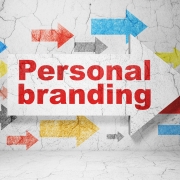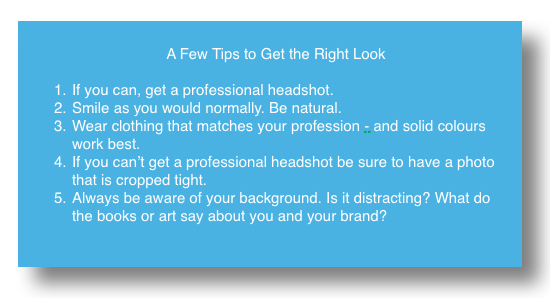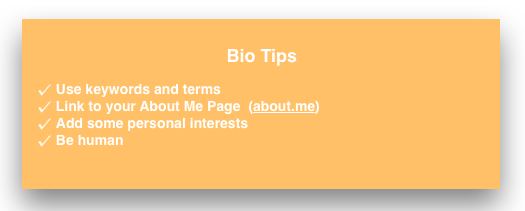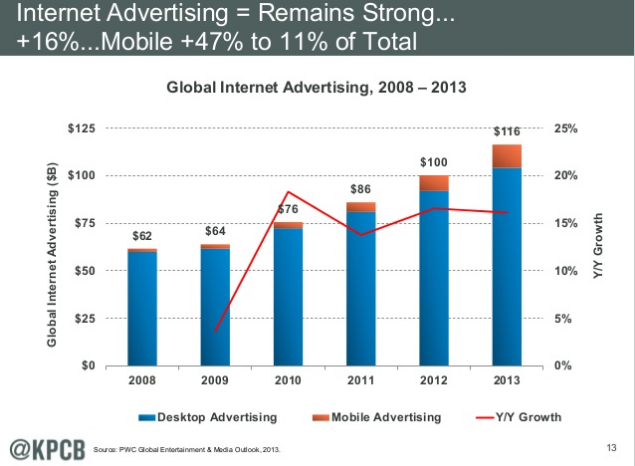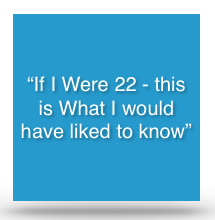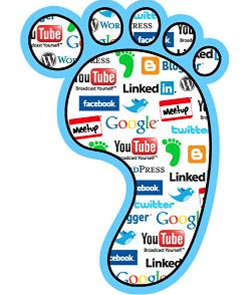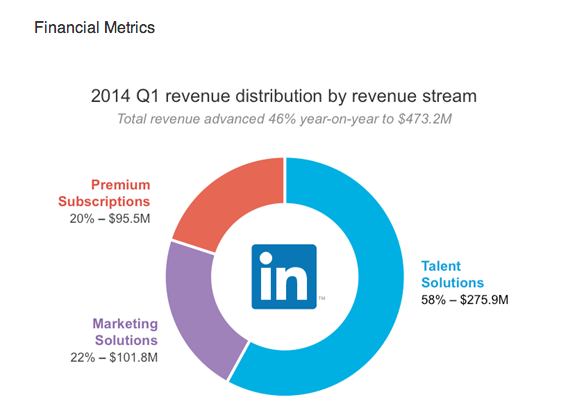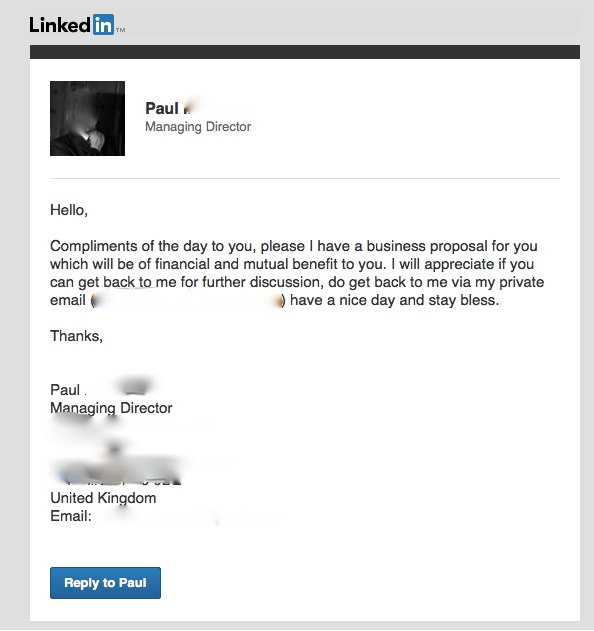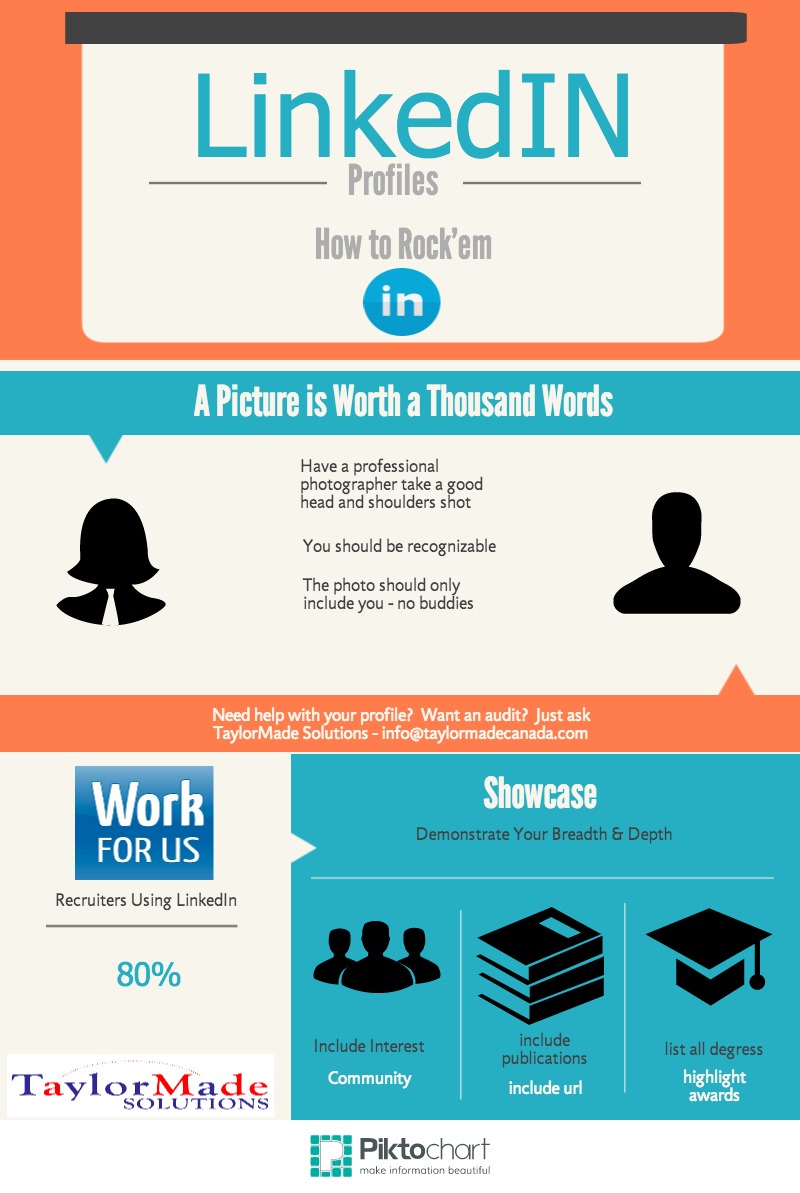While my background is predominately marketing and PR, I have done my share of business development. I have also worked with some of the best business development professionals in the world. While at CARIS and salesforce.com, I got to work with the best of the best. And, the best part, I am going to share what I learned from working with the best with you. Here are 5 ways that sales experts use LinkedIn to Generate Leads. (Disclosure: while at CARIS, LinkedIn didn’t exist, but the sales practices did.)
1. Don’t be there just for the sale
This is the first and most important action that a person must plan for. When doing business development, regardless of what tool, forum or event you are leveraging, don’t just be there for the sale. While the terms relationship selling or relationship management has been very overused in the last few years, this is one that you can’t mess up.
When using LinkedIn, this becomes even more important as your activity is much more visible. For example, joining Groups is a great way to not only expand your knowledge of a topic or industry, but also to prospect. That being said, if you join a group and your only activity is clearly to sell “something” and then you disappear until the next time you want to sell “something”, you risk being called out and damaging not only your own creditability, but that of the organization that you represent.
Key Take-Away: LinkedIn is not a short-term “thing”. It is a structured approach to building your network and developing a give and take relationship. Successful sales people don’t just take, they find ways to give. They also don’t pitch before the relationship is formed.
2. Share, Share and Share
As a follow-up to #1, building networks and connections is about giving. Sharing is a great way to do this.
The key for LinkedIn however, is utilizing it correctly. It is not like Twitter or your personal Facebook or Google+ page. You should not be sharing continually. Instead, select one or two pieces of content to share with your network. Be sure to share no more than twice per day and some days, only once. Any more than that, and people will turn off your notifications. You can also target certain groups and/or people to make things even more specific.
If your organization has its own blog, it is great to share content that will be helpful to contacts. This can be a great source. Another great source is to share content created by your prospects. Pick really great information to share with your network.
Key Take-Away: Be sure to share, but maintain a proper balance. Understanding how to use LinkedIn is key to this.
3. Leverage SMART Methods to Prospect
Specific: Check who has viewed your profile, Group Updates, review Announcements of Companies that you are following, view Alumni Groups and conduct searches using boolean operators. An example of the latter is: CFO or Chief Financial Officer and Life Sciences. (use title variations and industry)
Measurable: One of the best ways to get measurable results is through introductions. If you have a connection, that you have built a solid relationship with that is connected to the person you want to meet, ask. Be sure to explain how you want to be introduced and why. Remember though to keep #1 in mind. Build the relationship first.
Achievable: When prospecting using a tool like LinkedIn, set realistic and achievable targets. If you are using LinkedIn properly, you won’t be able to connect with dozens of people in one day. So, it is important that you and your management team understand what is realistic and what is not.
Relevant: When reaching out to a prospect, but sure to use relevant information. For example, if you noticed that they have recently connected with someone else you know, or changed jobs, cross check their profiles. For the latter, LinkedIn will sometimes send out an update saying “congratulate” so and so, but they have really been in the job for sometime. While it might be an “in” it might also appear that you are trying to hard to find a reason to connect.
Time: Like relevancy, timing is everything. Commenting or sharing a post from weeks or months ago, can demonstrate that you are a little behind the times. Of course, should something have occurred to make it timely again, like an update or some other advice that you can add, that is a good thing.
Key Take-Away: Be prepared to understand how to use LinkedIn and leverage existing contacts when possible.
4. Leverage Other Sources
Be sure to follow relevant conversations in other channels. For example, most industries have “lists” of top performers. By following organizations/individuals on Twitter that put out these lists, you can always leverage this information to congratulate the person.
Key Take-Away: Don’t rely on one source and one source only. By judiciously following key industry people and developing Twitter Lists, you can keep up-to-date without getting bogged down in hundreds, if not thousands of Tweets or conversations. However, remember the points above, particularly the point about when to pitch.
5. Making a Pitch Matter
Of course we all want out pitches to matter and be acted upon, but that is not always the case, as we know. Far too many people make pitches using LinkedIn using only the generic “let’s connect” message and then once you accept, they begin to inundate you with sales pitches. Alternatively, they send you a long message about how they will change your world, without even understanding if you need to have your world changed.
When making that first connection, always use a custom message and offer something that is of value to your prospect. This of course suggests that you have spent the time necessary to understand who they are and what it is that they need. For example, if you see them asking a question in a Group and you know someone that can help them with their question, offer to make the introduction. When you send a personal note to someone that shows that you put effort into the message, it makes a difference.
Key Take-Away: As human beings we naturally gravitate towards individuals who show an interest in us. Putting some effort into a pitch can make a difference between getting a meeting and not.
Want to learn more? Feel free to sign up for our newsletter at TaylorMade Solutions (insert “newsletter” into inquiry box)


